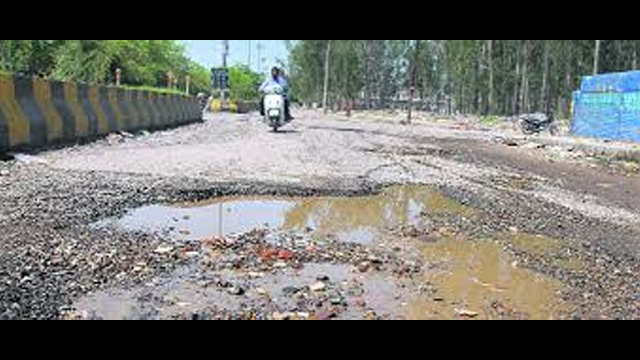The challenge is immediate grant of lingering highways, successful functioning of already awarded ones and expansion of high-speed corridors between key urban centres.
The last three years have been outstanding for Indian road infrastructure. Projects of 15,000 km have been granted during 2010-13. Still, there is a long way to go. A decade back, bulk of the projects were done via the public financing route but now, 90 percent of highway expansion is carried out via public-private partnership (PPP)- on a design, build, funded and operate basis, where the private sector is involved in the complete project and is also a part of the business risks.
Amazingly, many bids received did not ask for viability-gap financing and, as an alternative, went for a bulky payment. While such flashy bids were a recognition of the unpredicted and unexploited multiplier and inauguration effects of highways networking, they highlighted the significance of private backing and effectual execution of contracts.
Reportedly, some of the most purposefully vital cities of India are being connected now- like Ahmedabad-Vadodara and Kishangarh-Udaipur-Ahmedabad would connect with Delhi-Jaipur-Ajmer-Kishangarh-Mumbai-Surat-Vadodara to finish the Delhi-Mumbai corridor. Similarly, Gwalior-Shivpuri and Shivpuri-Dewas would fill up essential links for another alternate corridor linking Delhi and Mumbai via commercial Indore. Similarly, Amravati-Jalgaon-Dhule would help connect Hazira port in Gujarat to Paradip port in Odisha and ultimately reflect the East-West corridor next to India’s economic vicinity of Gujarat and Maharashtra all the way to Kolkata.
But when the economy hits a speed breaker, the planned network externalities appear overstated and devoted financiers pull out. When a single project withers, it has a domino effect on all others, whose feasibility unexpectedly becomes suspect. In usual times, there are challenges of funding because of an asset-accountability difference and collapse of exposure restrictions of banks. Today, highway development needs firm promises to surge over volatile macro basics. Besides, there are many roads of low-commercial growth in economically-backward areas that can only be embarked on public finances.
But the main crucial challenge today is on the execution side. The National Highways Authority of India is burdened and targeted mostly on award of projects. Contract supervision and guaranteeing excellence construction, maintenance and completion has taken a backseat under the PPP model. The private sector faces a lack of administrative resources that can capably handle multifaceted issues involved in managing with a array of governmental and local agencies.
Although PPP models are helpful to support economic constraints; but are not an ideal solution. The government cannot bear to depend on the competence of the PPP developer. The former needs to prod, coax and direct the concessionaire and work with him to make him accomplish his promise without negotiating on standards, quality and timeliness. The authoritarian capture of the independent engineer is a true fact, which cannot be ignored and discounted.
Moreover, the contribution of state governments is missing regardless of their imperative role in assisting in acquirement of land, shifting of utilities and offering safety and encroachment-free passage for uninterrupted right of way. States, along with their city governments, have to build their own connectivity corridors and neat up main district roads and municipal roads by implementing ground-breaking methodologies that influence land and development rights.
States must set up Road Development Corporations and empower them with sufficient authority and resources. Appointing the chief minister as the chairman and the chief secretary as the vice-chairman, a model taken on in Madhya Pradesh in 2004, will certify highway development gets premeditated support.
The challenge is immediate grant of lingering highways and successful functioning of already awarded ones. Expansion of high-speed corridors between key urban centres and dedicated connectivity projects is the requirement of the hour. It is not just enough to have a highway that connects two major points.





